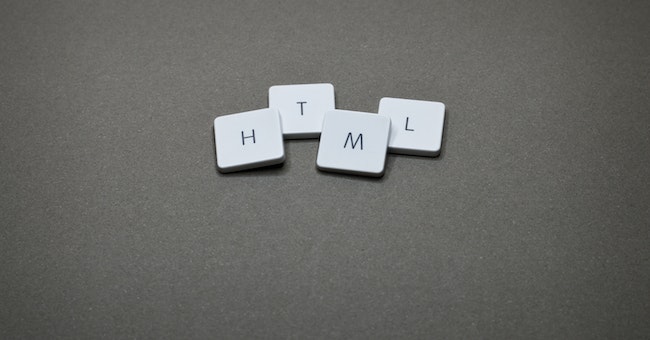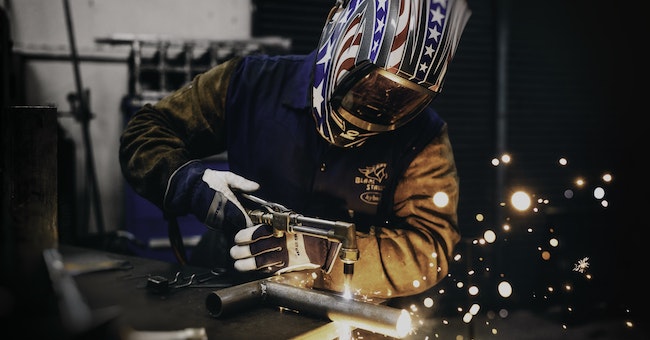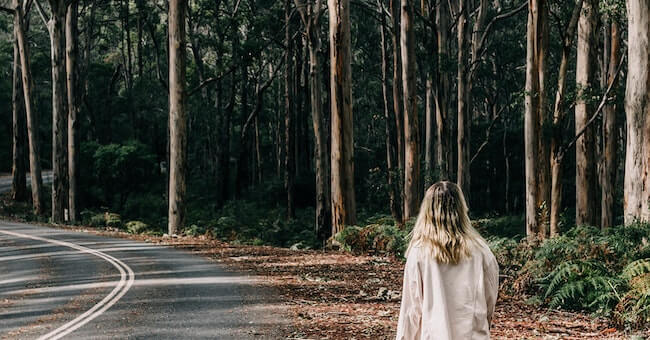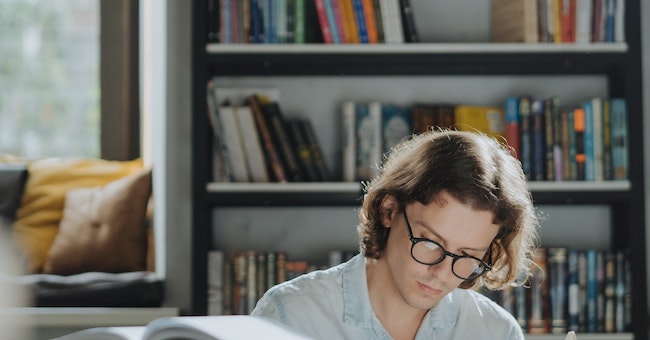A Comprehensive Guide to Stable Diffusion with Keras

Introduction
Stable Diffusion is a powerful, open-source text-to-image generation model that has been integrated into Keras, allowing users to generate novel images in as few as three lines of code. In this blog post, we will explore Keras’ implementation of Stable Diffusion, its functionality, and how to use it to generate and modify images.
Overview of Stable Diffusion
Stable Diffusion is a kind of “latent diffusion model” that uses a deep learning model to denoise an input image and turn it into a higher-resolution version. The deep learning model doesn’t recover the information that’s missing from the noisy, low-resolution input. Instead, it uses its training data distribution to hallucinate the visual details that would be most likely given the input.
A Stable Diffusion model can be decomposed into several key models: a text encoder that projects the input prompt to a latent space, a variational autoencoder (VAE) that projects an input image to a latent space acting as an image vector space, a diffusion model that refines a latent vector and produces another latent vector conditioned on the encoded text prompt, and a decoder that generates images given a latent vector from the diffusion model.
Generating Images with Stable Diffusion in Keras
Generating images with Stable Diffusion in Keras is simple. First, we need to import the StableDiffusion class from Keras and create an instance of it:
from keras_cv.models import StableDiffusionmodel = StableDiffusion()
Next, we can use the text_to_image method to generate an image based on a text prompt:
img = model.text_to_image("Iron Man making breakfast")This will generate an image of Iron Man making breakfast.
Inpainting Images with Stable Diffusion in Keras
In addition to generating novel images, Stable Diffusion in Keras also allows users to modify images via inpainting. Inpainting is the process of filling in missing or damaged parts of an image using information from the surrounding areas.
To inpaint an image with Stable Diffusion in Keras, we first need to create a mask that specifies which parts of the image we want to inpaint. Then, we can use the inpaint method to fill in the masked areas:
# Create mask
mask = ...
# Inpaint image
inpainted_img = model.inpaint(img, mask)
This will fill in the masked areas of the image using information from the surrounding areas.
Recommended Online Resources for Stable Diffusion in Keras
Keras: Deep Learning in Python
Explore the power of Keras, the most powerful library for building neural network models in Python. In this course, you'll learn to construct complex deep learning models without delving into complex mathematics. Discover practical implementations with real-life examples, from image classification to predicting prices and more. Prior Python and machine learning knowledge is recommended.
Course highlights:
Build complex deep learning models in Keras for image classification, price prediction, and more.
Focus on practical computational implementations, no complex math required.
Covers various examples like River Thames image tagging, mushroom classification, and video game sales prediction.
Suitable for students familiar with Python and machine learning; some knowledge of statistics recommended but not necessary.
Gain confidence in constructing neural nets for time sequences, image classification, regression, and more.
Join the Women in Machine Learning Symposium 2022 and delve into the exciting world of diffusion models with KerasCV. Discover the magic of text to image models like DallE-2 and StableDiffusion, capable of creating photorealistic and novel images. Led by expert speaker Divyashree Sreepathihalli, explore advanced applications and learn how to unleash your creativity using KerasCV, the optimized implementation of StableDiffusion.
Course highlights:
Explore text-to-image models like DallE-2, ImageGen, and StableDiffusion for photorealistic art.
Learn to generate novel coherent images using diffusion models with KerasCV.
Discover advanced applications of text-to-image models and unleash your creativity.
Join the Women in Machine Learning Symposium 2022 with expert speaker Divyashree Sreepathihalli.
Access valuable resources for high-performance image generation and more.
From Zero to Hero: Mastering Neural Networks with Keras
Welcome to the "From Zero to Hero: Mastering Neural Networks with Keras" course! In this comprehensive program, you'll delve into the world of neural networks using Keras, with step-by-step guidance and hands-on projects. No need to set up anything on your system as everything will be done online. Throughout the course, you'll work on four exciting projects covering various neural network architectures and datasets. From character classification to Human Activity Recognition, you'll gain the skills to confidently implement complex neural networks.
Course highlights:
Comprehensive course on implementing neural networks with Keras.
Hands-on projects covering various network architectures and datasets.
No system setup required, all done online.
Step-by-step guidance with example code and Colab notebooks provided.
From basics to advanced models, confidently implement complex neural networks.
FAQs
Q: What is the difference between Stable Diffusion and other image inpainting models?
A: Stable Diffusion is a latent text-to-image diffusion model capable of generating photo-realistic images given any text input, with the extra capability of inpainting the pictures by using a mask. Inpainting is the process of filling in missing or damaged parts of an image using information from the surrounding areas.
One key difference between Stable Diffusion and other image inpainting models is that Stable Diffusion is based on a deep learning model that uses its training data distribution to hallucinate the visual details that would be most likely given the input. This allows it to generate high-quality and diverse output images for any inpainting form.
Another difference is that Stable Diffusion can be used for both generating novel images and inpainting existing images, whereas many other inpainting models are designed specifically for inpainting. This makes Stable Diffusion a versatile tool for image generation and modification.
Q: What is the training process for Stable Diffusion?
A: Stable Diffusion can be trained using a specialized form of fine-tuning called Dreambooth. Dreambooth is a technique to teach new concepts to Stable Diffusion using a few photos to place themselves in fantastic situations or to incorporate new styles.
The training process involves tuning the learning rate and the number of training steps in a way that makes sense for your dataset. Dreambooth tends to overfit quickly, so it's important to find a 'sweet spot' between the number of training steps and the learning rate. A low learning rate and progressively increasing the number of steps until the results are satisfactory is recommended.
During training, synthetic masks are generated, and in 25% mask everything. The diffusion model uses latent vectors from the text and image encoders along with a timestep embedding to predict the noise that was added to the image latent. A reconstruction loss is calculated between the predicted noise and the original noise added, and the diffusion model parameters are optimized w.r.t this loss using gradient descent.
Conclusion
In conclusion, Stable Diffusion in Keras offers a powerful and easy-to-use tool for generating and modifying images. With just a few lines of code, users can generate novel images based on text prompts or inpaint missing or damaged parts of an image. Whether you are an experienced deep learning practitioner or just starting out, consider trying out Stable Diffusion in Keras to see how it can enhance your image generation capabilities.





